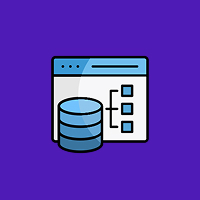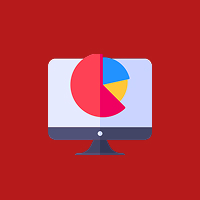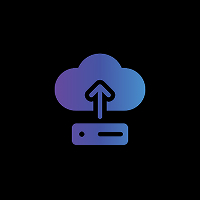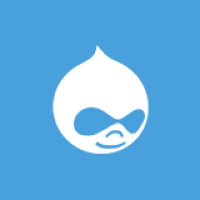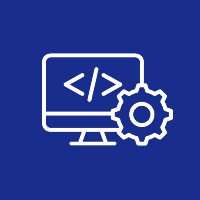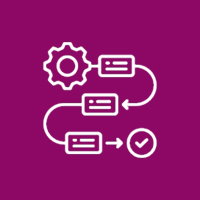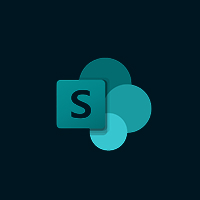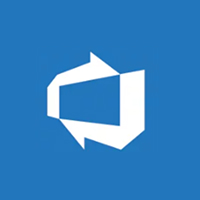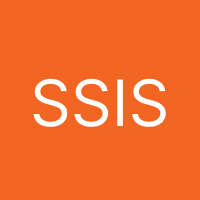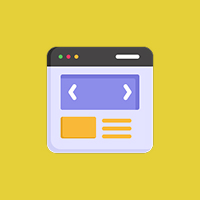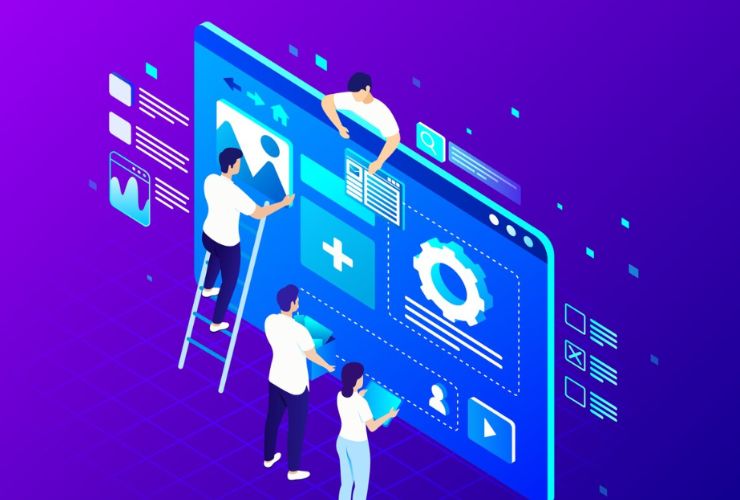Windows app development has evolved dramatically—from classic desktop software to dynamic, cloud-connected, and cross-platform experiences. With Microsoft continuously improving its ecosystem, developers are creating new ways to develop smarter, faster, and more connected apps. As user expectations rise and technologies evolve, it is essential to know the future trends in Windows app development to remain competitive and innovative.
1. Rise of Cross-Platform Development
One of the greatest changes of recent years is cross-platform development. Tools such as.NET MAUI (Multi-platform App UI) and Uno Platform enable one to create programs that can execute on Windows, macOS, Android, and iOS with a common codebase. Effort, money, and time are spared, and uniform user experience is provided across the device.
2. Cloud Integration and Azure Services
With the growing requirement for flexible and scalable applications, cloud integration took center stage for Windows application development. Microsoft Azure is instrumental in empowering developers with backends hosting, authentication, AI services, and so forth. Future-proof Windows applications are increasingly becoming cloud-native in concept to offer immediate access to information and global scale.
3. Progressive Web Apps (PWAs)
PWAs provide an exciting means of creating apps that operate both in the browser and native-like experiences for Windows. Microsoft Edge support, as well as inclusion in part of the Microsoft Store, enable PWAs to be fast launching, offline-accessible, and simple to update. This allows developers to have light, clean apps without losing features.
4. Integration of AI and Machine Learning
AI is also becoming the game-changer of app creation. From intelligent automation and predictive typing to image processing and voice recognition, AI capability is being built into Windows apps to maximize function and user experience. With the likes of Azure Cognitive Services, it’s easier and faster than ever before to incorporate smart capabilities.
5. Enhanced Security and Privacy Controls
As the sophistication of cyberattacks grows, so does the need for secure apps. Windows developers are focusing on data encryption, secure authentication (such as Windows Hello), and compliance with worldwide data privacy regulations. Secure coding practices and Zero Trust architecture are becoming standard industry practice.
6. Fluent Design System and UX Improvements
User interface and experience remain a top priority. Microsoft Fluent Design System enables modern, consistent, and visually beautiful interfaces on all Windows products. Dark mode, smooth animation, and responsive layout are being used more and more to improve usability and aesthetics.
7. Greater Focus on Accessibility
Inclusivity is increasingly a core component of development. Windows developers need to offer applications that are accessible to individuals with disabilities. Tools like UI Automation, Narrator, and accessibility APIs help developers meet accessibility guidelines, create apps anyone can use.
8. Native Windows on ARM Support
With Microsoft’s advocacy for ARM-based computers such as Surface Pro X, Windows app developers need to make sure that their apps run well on ARM architecture. The migration requires optimization for performance and power, and new opportunities in mobile-style computing environments.
9. DevOps and CI/CD for Continuous Innovation
Agile development, DevOps, and continuous integration/delivery pipelines are central to the future of Windows applications. These practices enable faster updates, rapid bug fixes, and simple deployment between environments so that developers can remain connected with user needs and criticism.
10. Open Source and Community-Driven Development
Microsoft’s embrace of open source has revolutionized the development landscape. From Windows Terminal to.NET Core, several core elements are community-led. This model fosters innovation, enhances transparency, and enables developers to share and gain from community progress.
Conclusion
The future of Windows application development is promising, nimble, and smart. From cloud-based integration and cross-platform compatibility to AI capabilities and design improvements, the technologies and trends that are defining Windows development are all about creating faster, smarter, and more accessible applications. Keeping up with these trends is essential for developers and companies looking to build successful solutions in the Windows platform.
Contact Us Today
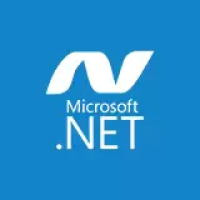


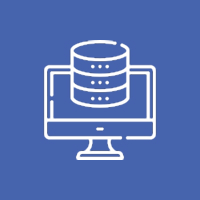




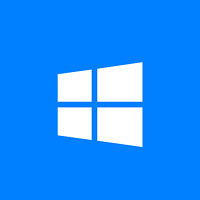
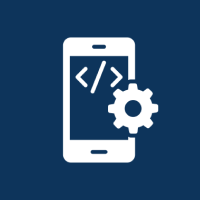



 Database Development
Database Development








